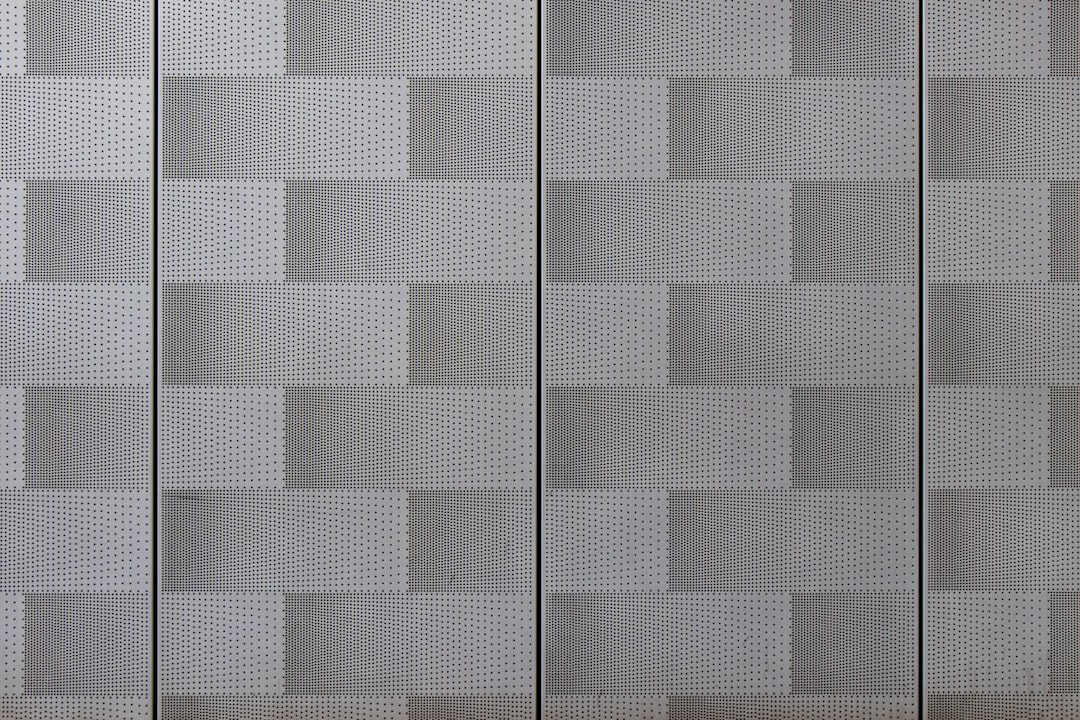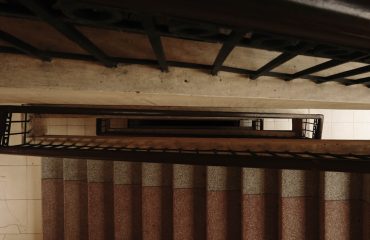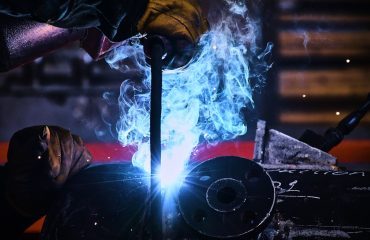Cold drawn square bars are ubiquitous in various industries, offering a combination of precision, strength, and versatility. This comprehensive guide delves into the intricacies of these essential components, exploring their manufacturing, properties, applications, and the advantages they bring to the table.
The Manufacturing Process: From Ingot to Precision
The journey of a cold drawn square bar begins with a hot-rolled steel bar. This initial bar, often possessing a rough surface and less precise dimensions, undergoes a series of crucial steps to achieve the desired final product. The process starts with pickling, where the bar is cleaned of surface oxides and impurities. This ensures a clean surface for subsequent operations. Then comes the cold drawing process itself. This involves pulling the bar through a series of successively smaller dies, reducing its cross-sectional area and increasing its length. The process is performed at room temperature, which significantly increases the material’s strength and dimensional accuracy. This cold working process also improves the surface finish, resulting in a smoother, more polished bar.
Several factors influence the final quality of the cold drawn square bar during the manufacturing process. These include the type of steel used, the die design, the drawing speed, and the lubrication employed. Precise control over these variables is crucial for achieving the desired tolerances and surface finish. Advanced techniques like stress relieving may also be employed to minimize residual stresses and enhance the overall performance of the bar.
Exceptional Properties: Strength, Precision, and Durability
Cold drawing significantly alters the mechanical properties of the steel, resulting in a superior product. The process increases the yield strength and tensile strength of the bar, making it exceptionally strong and resistant to deformation. This enhanced strength is crucial in applications requiring high load-bearing capacity. Furthermore, cold drawing results in improved surface finish and dimensional accuracy. The bars exhibit tighter tolerances compared to their hot-rolled counterparts, making them ideal for precision engineering applications where dimensional consistency is paramount.
The improved surface finish also contributes to increased fatigue resistance. A smoother surface reduces stress concentrations, leading to enhanced durability and a longer lifespan. The properties of the cold drawn square bar are further influenced by the grade of steel used. Different steel grades offer varying levels of strength, hardness, and corrosion resistance, allowing for the selection of the optimal material for a specific application.
Diverse Applications: Across Industries and Sectors
The versatility of cold drawn square bars makes them indispensable across a wide range of industries. Their strength and precision make them ideal for structural components in construction, machinery, and automotive applications. They are commonly used in the manufacturing of:
- Machinery components: Shafts, spindles, and other machine elements requiring high strength and accuracy.
- Automotive parts: Axles, connecting rods, and other components subjected to significant stress.
- Construction: Reinforcement bars in concrete structures, and components in building frameworks.
- Precision engineering: Jigs, fixtures, and other components requiring tight tolerances.
- Hydraulic and pneumatic systems: Components requiring high pressure resistance.
The specific application dictates the choice of steel grade and the required dimensions of the square bar. The ability to tailor the properties and dimensions makes cold drawn square bars a highly adaptable material.
Advantages Over Alternatives: Why Choose Cold Drawn?
Compared to other steel bar types, cold drawn square bars offer several distinct advantages. Their superior strength-to-weight ratio makes them more efficient in applications where weight is a concern. The improved surface finish reduces the need for extensive machining, saving time and costs. The enhanced dimensional accuracy reduces waste and simplifies assembly processes. The increased fatigue resistance contributes to a longer lifespan of the components, minimizing maintenance and replacement costs.
Furthermore, the consistent quality and reliability of cold drawn square bars make them a predictable and trustworthy material for manufacturing processes. This consistency minimizes variability and reduces the risk of component failure.
Specifications and Standards: Ensuring Quality and Consistency
Cold drawn square bars are manufactured to meet various industry standards and specifications, ensuring consistent quality and performance. These standards typically detail the dimensions, tolerances, mechanical properties, and chemical composition of the bars. Common standards include ASTM, ISO, and DIN, among others. These standards provide a framework for manufacturers to adhere to, guaranteeing the reliability and performance of the product. Selecting a reputable supplier who adheres to these standards is crucial for ensuring the quality of the bars used in any project.
Understanding these specifications is vital for selecting the appropriate bar for a given application. Factors such as the required strength, dimensional tolerances, and surface finish should be carefully considered when selecting a cold drawn square bar.
In conclusion, cold drawn square bars are high-performance components that offer a compelling combination of strength, precision, and durability. Their wide range of applications, coupled with their advantages over alternative materials, solidify their position as a crucial element in various industries. By understanding their manufacturing process, properties, and applications, engineers and designers can leverage their full potential to create reliable, efficient, and high-quality products.




